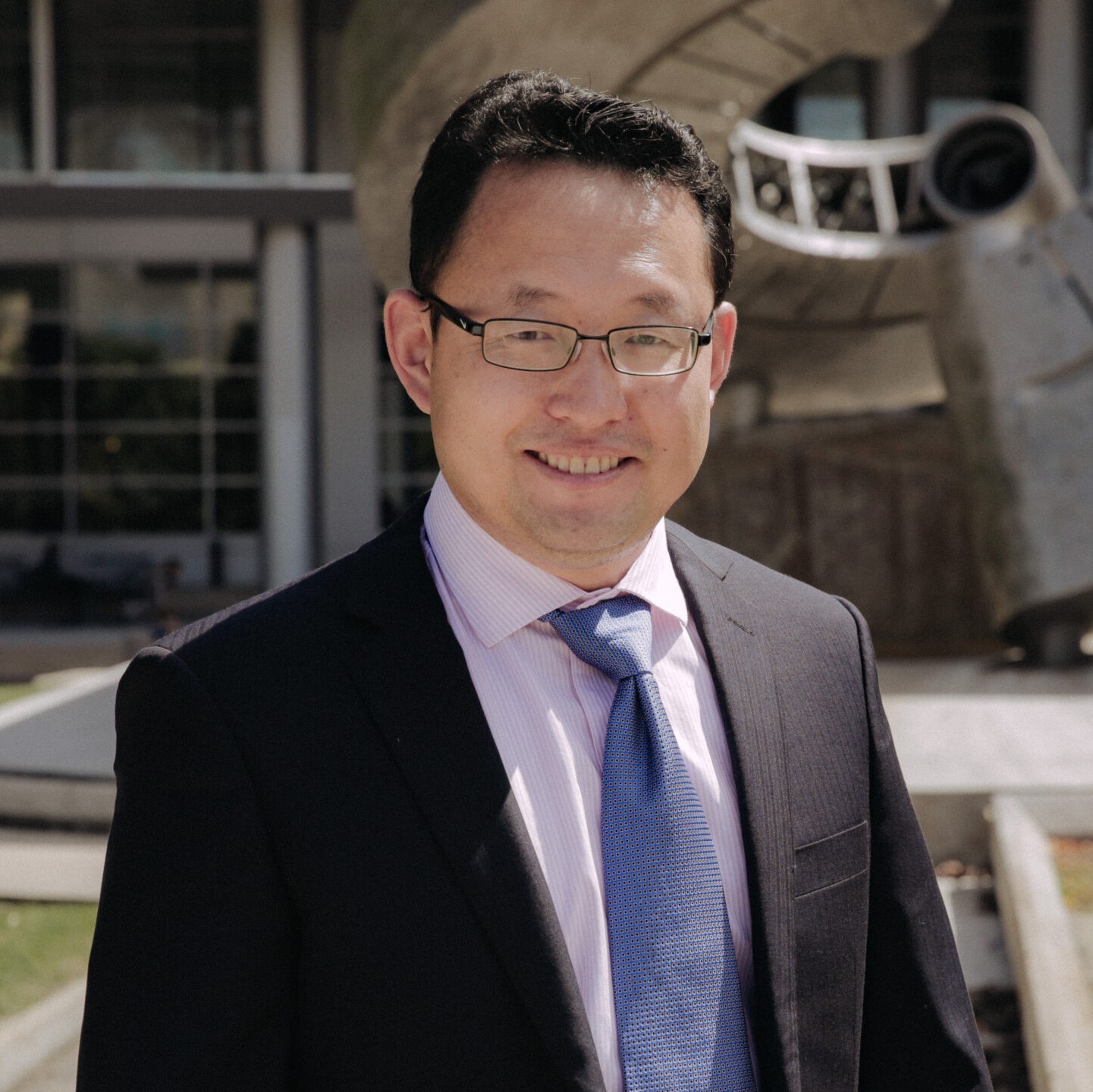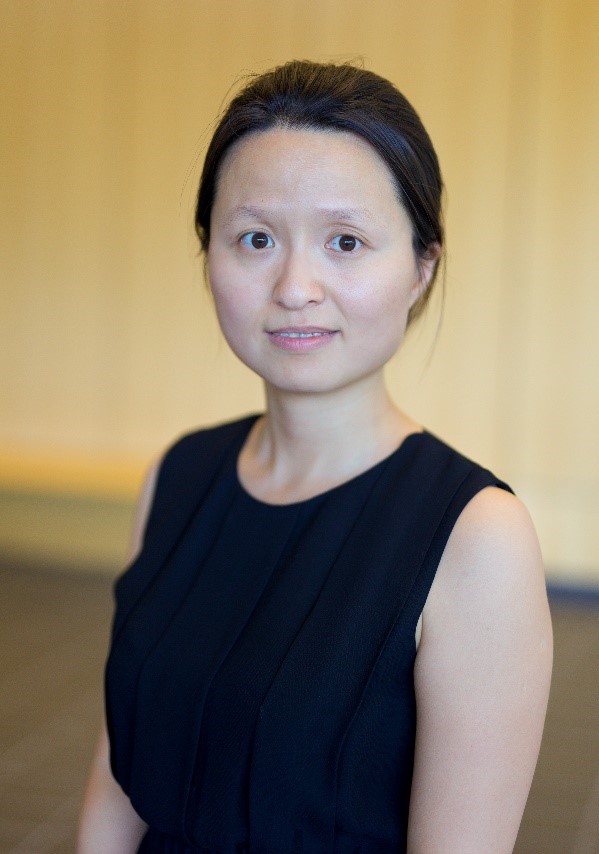Emerging technologies in communications and vehicle technologies will allow future autonomous vehicles to be platooned together with wireless communications (cyber-connected) or physically forming an actual train (physically-connected). When physically connected, vehicles may dock to and undock from each other en-route when vehicles are still moving.
Dr. Xiaopeng (Shaw) Li is currently a Professor in the Department of Civil and Environmental Engineering at the University of Wisconsin-Madison (UW-Madison). He served as the director of National Institute for Congestion Reduction (NICR) before. He is a recipient of a National Science Foundation (NSF) CAREER award. He has served as the PI or a co-PI for a number of federal, state, and industry grants, with a total budget of around $30 million. He has published over 110 peer-reviewed journal papers. His major research interests include automated vehicle traffic control and connected & interdependent infrastructure systems. ). He received a B.S. degree (2006) in civil engineering from Tsinghua University, China, an M.S. degree (2007), and a Ph.D. (2011) degree in civil engineering along with an M.S. degree (2010) in applied mathematics from the University of Illinois at Urban-Champaign, USA.
This Cyber-Physical Systems (CPS) grant will focus on the development of an urban traffic management system, which is driven by public needs for improved safety, mobility, and reliability within metropolitan areas. Future cities will be radically transformed by the Internet of Things (IoT), which will provide ubiquitous connectivity between physical infrastructure, mobile assets, humans, and control systems.
Cyber-physical systems such as self-driving cars, drones, and intelligent transportation rely heavily on machine learning techniques for ever-increasing levels of autonomy. In the example of autonomous vehicles, deep learning or deep neural networks can be employed for perception, sensor fusion, prediction, planning, and control tasks. However powerful such machine learning techniques have become, they also expose a new attack surface, which may lead to vulnerability to adversarial attacks and potentially harmful consequences in security- and safety-critical scenarios.
Dr. Jonathan Sprinkle is a Professor of Computer Science at Vanderbilt University. From 2007-2021 he was with the faculty of Electrical and Computer Engineering of the University of Arizona, where he was a Distinguished Scholar and a Distinguished Associate Professor. He served as a Program Director at the National Science Foundation from 2017-2019 in the Computer and Information Science and Engineering Directorate, working with programs such as Cyber-Physical Systems, Smart & Connected Communities, and Research Experiences for Undergraduates.
Cancers are among the leading causes of death around the world, with an estimated annual mortality of close to 10 million. Despite significant efforts to develop effective cancer diagnosis and therapeutics, the ability to predict patient responses to anti-cancer therapeutic agents remains elusive. This is a critical milestone as getting the right choice of therapy early can mean superior anti-tumor outcomes and increased survival, while the wrong choice means tumor relapse, development of resistance, side effects without the desired benefit, and increased cost of treatment.
Deep Neural Networks (DNN) enabled Cyber-Physical Systems (CPS) hold great promise for revolutionizing many industries, such as drones and self-driving cars. However, the current generation of DNN cannot provide analyzable behaviors and verifiable properties that are necessary for safety assurance. This critical flaw in purely data-driven DNN sometimes leads to catastrophic consequences, such as vehicle crashes linked to self-driving and driver-assistance technologies.
This NSF CPS project aims to develop new techniques for modeling cyber-physical systems that will address fundamental challenges associated with scale and complexity in modern engineering. The project will transform human interaction with complex cyber-physical and engineered systems, including critical infrastructure such as interconnected energy networks.
This award is funded in whole or in part under the American Rescue Plan Act of 2021 (Public Law 117-2). This project will develop novel modeling, control, and optimization methods for connected and automated vehicles to operate in human-dominated traffic to improve the efficiency and sustainability of the urban transportation system while respecting individual drivers? unique behaviors and social norms accordingly. The significance of the research is highlighted by the following two needs.
Robotic manipulation and automation systems have received a lot of attention in the past few years and have demonstrated promising performance in various applications spanning smart manufacturing, remote surgery, and home automation. These advances have been partly due to advanced perception capabilities (using vision and haptics) and new learning models and algorithms for manipulation and control. However, state-of-the-art cyber-physical systems remain limited in their sensing and perception to a direct line of sight and direct contact with the objects they need to perceive.



